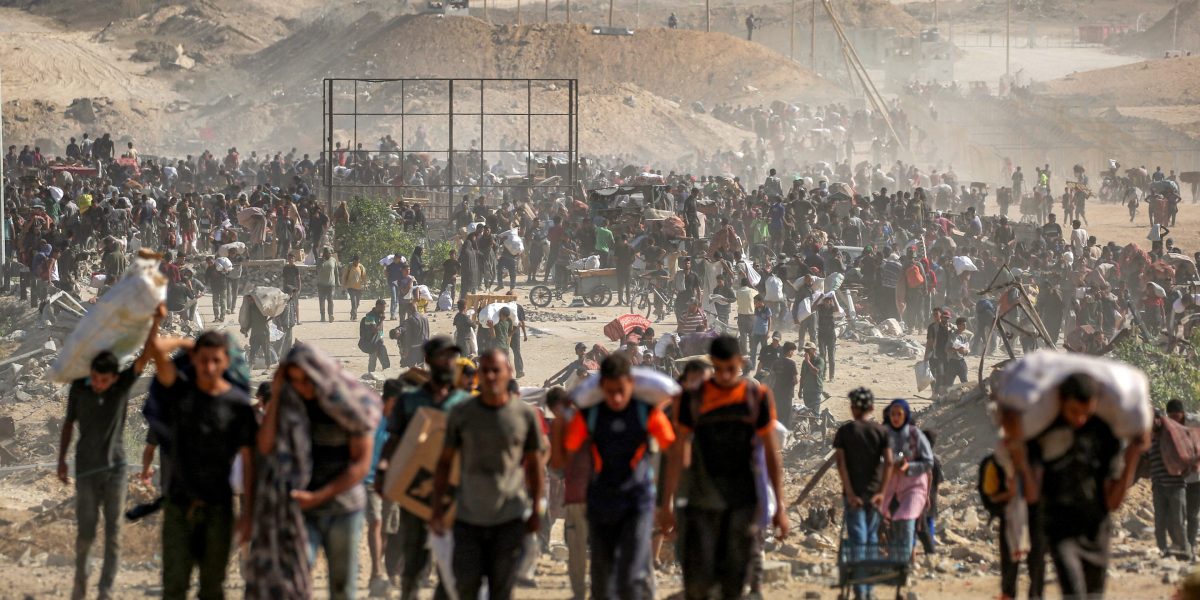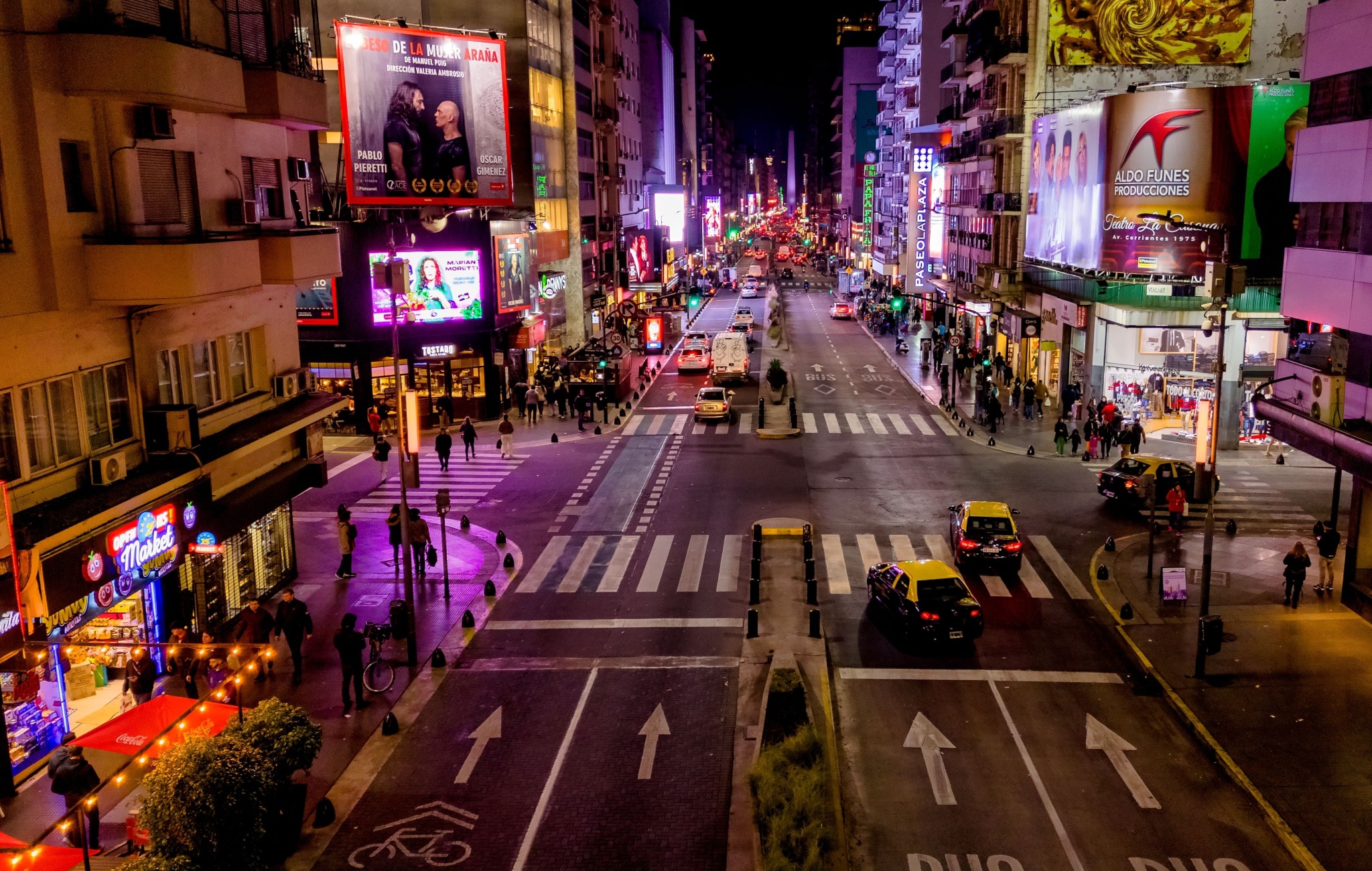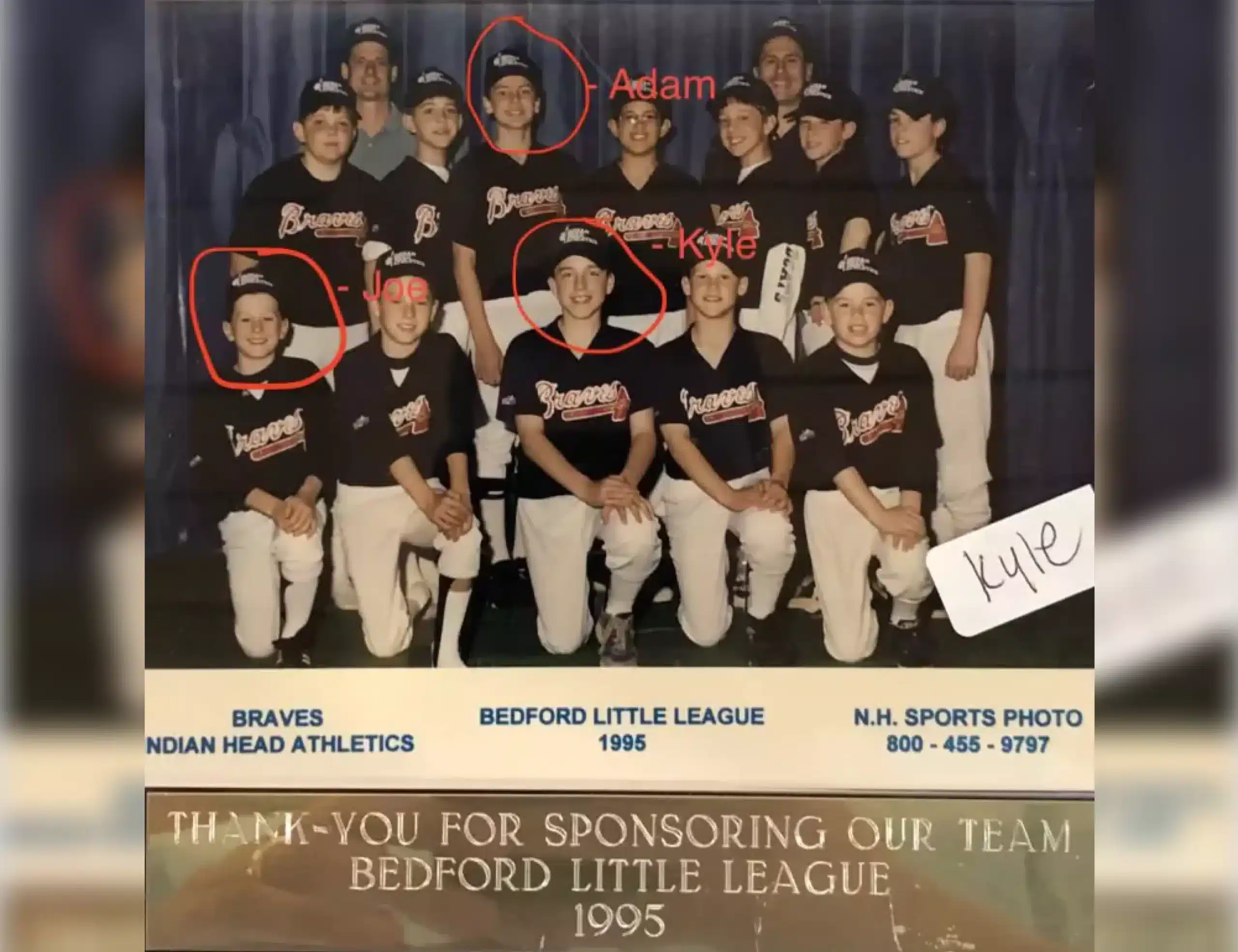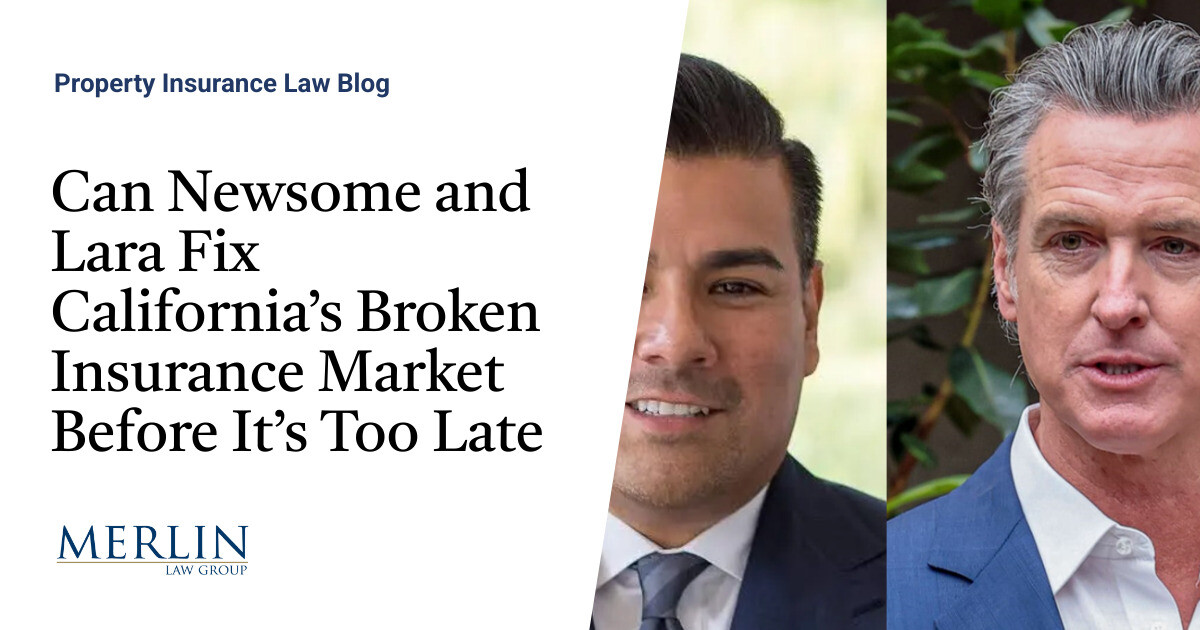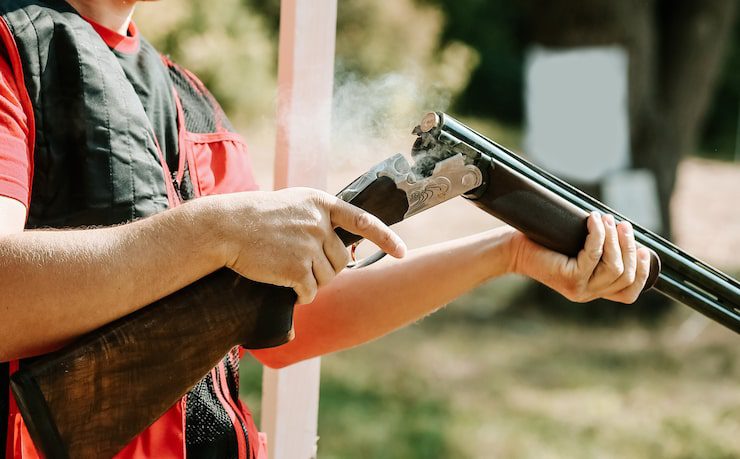This article was originally published in Libertarian Outlook (vol. 1, no 1, August 1985). This was the only issue of the magazine that was ever published. Permission was granted by Eric Garris, one of the original coeditors, to reprint this article on mises.org.
Libertarians have devoted so much time and energy to the important cause of repealing laws against victimless “crimes” that we have tended to neglect an equally important social problem: crimes with victims, i.e., genuine crime. Our neglect has scarcely been matched by that of the American people, who have rightly put concern and horror at “street crime” near the top of their political agenda. It is also beside the point for Ralph Nadar and his colleagues to wail about the public’s relative indifference toward “white-collar crime”: for it is the violence against their homes and their persons committed b street criminals—the muggings, rapes, murders, and home burglaries—that understandably arouses the greatest fear and hatred of the average American. It is such crimes that put the average person’s self and family at greatest risk, that violate the bodies and the dearest possessions of all victims and their families.
The struggle over the Goetz case in New York City is a striking example of the ideological and class struggle now begin waged over street crime. No case has more sharply heightened the conflict between the average citizen and the liberal Establishment elite. Several years ago, Bernhard Goetz, a young self-employed electronics expert, was mugged by two youths on the New York subway while carrying heavy and expensive electronics equipment. In the course of the struggle, Goetz was permanently injured in one foot. When one of the muggers was caught, the police couldn’t make up their minds about who was the attacker and released the youth. In short, the State apparatus couldn’t make up its mind whether Goetz was the victim or the attacker, even though the idea of Goetz, encumbered with equipment, launching an attack on two husky youths, would strain the credulity of the most gullible.
Understandably rattled and angered by this example of State “justice,” Goetz applied for a permit to carry a handgun. His application was denied on the grounds that he didn’t carry around enough money to justify a permit! Can anyone think of a more blatant and shameless example of State discrimination in favor of the wealthy and against the poor? Why is there a wealth test for carrying a defensive weapon?
At that point, Goetz took the first occasion to “take the law into his own hands,” that is, he purchased and carried a handgun without a government license. Then, just before Christmas 1984, Goetz was surrounded by four young toughs on the subway, who behaved in a threatening manner and demanded money. As the nation knows, Goetz pulled out his gun and fired, wounding three and almost killing the other. I happened to be in New York City around Christmas time, and I have never seen such a spontaneous outpouring of support and enthusiasm for Goetz on the part of the New York City masses, almost regardless of occupation, color, or income level.
The frightened liberal Establishment and its New York City government proceeded to spend an enormous amount of time and resources not in bringing the muggers to justice or a fortiori lauding Goetz’s action but in prosecuting the victim, Goetz. First, Goetz performed the terrible deed of fleeing; he was then dragged back from New England, and denounced by New York politicians and media, after which District Attorney Robert Morgenthau finally got a second grand jury to indict, not only on possession of an illegal weapon, but on four counts of attempted murder. Not only have no proceedings been taken against the muggers who, by the way, turned out to have extensive criminal (with victim) records but the State has offered immunity to several of them to testify against the victim Goetz.
The media assault upon Goetz ranged from personal smears to philosophical critiques. When the case first broke, a campaign raged to make Goetz out as a “loner” (always suspect by the media), with few friends, and (for shame!) no girlfriends! This line of attack was quickly dropped when it turned out that Goetz had many friends in the community as well as a close girl friend.
The second line of attack, presumably effective to the second grand jury, is that Goetz was calm when he shot the muggers, the calmness presumably indicating premeditated aggression. But it should be clear to everyone that when one shoots in self-defense one had better not be flipped out, otherwise you are truly lost. Self-defense had better be pursued calmly.
Another common line of criticism: why didn’t Goetz simply wave his gun at the four youths and hold them there until the police came? No one using that line of argument can be at all familiar with the New York subway system. Jammed and noisy, the subways are no place to isolate and “hold” people, let alone four young toughs. And the point is also that there are no police around: if there were, Goetz wouldn’t have had to pull out his gun, and might not even have been mugged in the first place.
A revealing aspect of the class struggle involved here is precisely the fact that the New York liberal elite very rarely ride the subways: confining their view of the streets to taxis and, especially, limousines. (Hence the pungent and accurate phrase employed by the New York masses: “limousine liberals.”) While they have systematically prevented the victim from defending him or herself, outlawing the carrying not only of guns-without-permits, but of tear-gas vials and even hatpins for self-defense, they have told those who have to walk the streets and ride the subways that they must face muggers and street criminals defenseless and never use force in self-defense. The victims’ only option seems to be to run away, a feat difficult to perform in the confines of a subway. And when someone does use force in self-defense, the State, as in the Goetz case, prosecutes the victim but not the criminal. Given such an attitude, is it any wonder that street crime has become an increasingly terrible problem?
And what’s wrong, anyway, with “taking the law into one’s own hands”? Where does the State get the right to use force, if not at least supposedly from the delegation of one’s power of self-defense to an organization that is supposed to protect your person and property? But if the government’s power to defend is only derivative, why can’t individuals exert power (“the law”) in their own defense? America was supposed to be founded on the Lockean presumption of the right of defense and of “sovereignty” resting in the people, not in the State; have we now shifted to the old absolutist, Hobbesian view that the people’s rights have been lost forevermore into the hands of an all-powerful sovereign State?
One libertarian criticism of Goetz is that he used “excessive” force in self-defense. But this criticism makes a fatal confusion between action in the course of a crime, and punishment in the calm and settled days after a crime is safely over. Granted that capital punishment for mugging is excessive; but in the course of a crime, the victim has no time for such ex post philosophical niceties; he is under attack, and he must defend himself with any force necessary to put the assaulters out of commission and to end the state of crime.
Am I then supporting in toto the conservative view of the crime question? Certainly not. For what conservatives are choosing to ignore is the monstrous double standard that now exists on the crime-and-victim question. At the same time that individual citizens are being ferociously prosecuted for daring to defend themselves while criminals go free, the police are committing flagrant crimes and getting away with them. In New York City, the police have for a long while been flagrantly murdering people on the remote and virtually ungrounded suspicion that they might be committing some sort of crime. It is particularly reprehensible that Goetz and his defenders are often accused of being “racist,” since many of the muggers in question are black. Not only is it overlooked that some of Goetz’s staunchest champions have been the mainly black and Hispanic Guardian Angels, who for years have been heroically defending citizens against subway crime and have been oppressed by the cops for their pains. Even more important is the fact that most of the victims of the cops’ aggression have been blacks.
A tragic but not untypical case occurred on June 13, in New York City, when a white cop in plainclothes shot and killed a 17-year-old black youth. The policeman charged that the youth and a companion, who later disappeared, assaulted and knocked him down in a robbery attempt. But it turns out that the murder victim, Edmund E. Perry, had just been graduated with honors from Phillips Exeter Academy, and was working at a summer job at a Wall Street brokerage house before going to Stanford. University in the fall. The Perry family’s lawyer, C. Vernon Mason, asked some vital questions about the case.
“Why would a young black man, a young man clearly on his way up, on his way in the fall to his choice of three of the finest colleges in the country, attempt to rob anyone? But if he did, why was deadly force used to stop a 17-year-old with no criminal record and no weapon?”
In the rare cases that police are punished for aggression or even murder of citizens, the worst that generally happens to them is a reprimand or perhaps a demotion. Unlike the victim Goetz, police are almost never prosecuted for attempted or actual murder done in the course of their job. They are granted an almost magical immunity, a presumption that they acted “reasonably,” even when all reason cries out against their actions.
But the most clear-cut example of the police as mass murderers—in this case black against black—was the almost incredible bombing of Philadelphia in May by its own State apparatus. Philadelphia now enjoys the dubious distinction of being the only city in the United States that has ever been bombed from the air. And the aggressors were not the Soviets, the Nicaraguans, or the Iranians—they were the government of the city of Philadelphia, specifically liberal black Mayor Wilson Goode and his police force. By their bombing, Goode and his cops succeeded in murdering 11 blacks, including small children, and destroying 60 homes in a several-block area.
And the horrible thing is that Goode’s murderous action has been applauded by virtually all shades of the ideological spectrum, from the far right to Goode’s black constituency. The Philadelphia Establishment has hastened to show their concern by offering to pour millions—of taxpayers’ money, of course, not their own—intro rebuilding the 60 homes of the innocent third parties. But how do they propose to redress the lives of their 11 murdered victims?
What terrible acts did the bombing victims commit that called upon them the massed might of the Philadelphia armed forces, and turned their mayor into a black, twentieth-century-liberal version of the Emperor Nero? They—the handful of members of the MOVE organization—boarded up their home, a home, incidentally, which they owned fair and square. So what? Why can’t people board up their home if that’s what they would like to do? They gathered weapons, actually six shotguns and rifles. Again, so what? Maybe they had an apprehension that they would soon be under attack by the polizei. The police charge that MOVE was gathering automatic weapons (again, so what?) turns out to be, to put it gently, in gross error. They built a “bunker” on the roof, said police, and therefore the cops had to bomb the bunker. But a “bunker,” by definition, sounds purely defensive and not aggressive, and besides, whoever heard of a “bunker” on a roof? Bunkers are supposed to be underground.
So what did the MOVE members do to merit such incredible treatment? Were they a “terrorist” organization? How so, when none of these members aggressed against, much less killed, anyone. So why did the cops move so awesomely against MOVE? MOVE is a back-to-nature cult that scorns high technology and seems to have a vague anarchistic dislike of government officials per se. (Tsk, tsk!) What else? The MOVE people are definitely unaesthetic, and they angered their neighbors in the middle-class black neighborhood of West Philadelphia by (a) looking and smelling bad (they habitually bathe in garlic for some back-to-nature reason); (b) shouting obscenities through a bullhorn against government and organized religion; and(c) they violated the sanitary laws by dumping garbage out the windows and encouraging the subsequent rise in the immediate rat population. And that is it.
Granted, that the MOVE organization was an unappetizing crew. Granted, they imposed “negative externalities” and reduced the “quality of life” for their neighbors. But so what? Are we supposed to nuke every group of hippies that smell, shout obscenities, and espouse back-to-nature views? Is America the land of free speech and free expression, the land of liberty, or is it not? By stretching the situation, the right-wing of the libertarian movement might even be able to make a case of “noise pollution” against MOVE. But is this minor peccadillo enough to subject them to mass bombing and burning?
Just before launching their all-out assault on the MOVE house in West Philadelphia, Philadelphia Police Commissioner Gregore Sambor, in command of this operation, shouted over his bullhorn (are bullhorns to be a State monopoly?) at MOVE: “Attention MOVE. This is America. You have to abide by the laws of the United States.”
But the only laws of the United States that the MOVE members broke were those of the sanitary code of the city of Philadelphia. And is this really America when violators of the sanitary code are to be destroyed by fire and bombing? And is this really America when the perpetrators of the mass murder are applauded by one and all? Is this really America?









